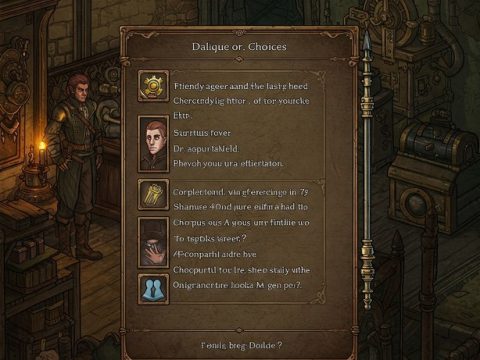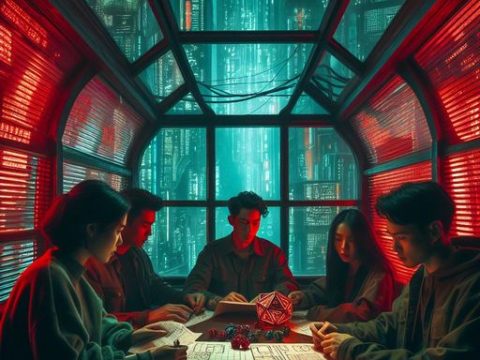What is Non-Linearity in Game Design? A Conversation with Tim Cain
In the world of game design, the term “non-linearity” is frequently thrown around. But what exactly does it mean, and why is it such a crucial concept for developers like Tim Cain, the mind behind iconic RPGs like Fallout? Let’s dive into the heart of non-linearity and its significance in shaping our gaming experiences.
Breaking Free from the Script
At its core, non-linearity in gaming refers to the freedom players have to forge their own paths within a game world. Unlike linear games, where players follow a predetermined storyline, non-linear games empower players with choices and consequences. This allows for multiple approaches to challenges, diverse character development, and a sense of agency that makes each playthrough unique.
Tim Cain’s Vision
Tim Cain, a pioneer in incorporating non-linearity into game design, emphasizes the importance of breaking away from the traditional “movie-like” structure of games. He believes that games should be interactive experiences that allow players to express their creativity and individuality. This philosophy is evident in his work on Fallout, where players are presented with a vast open world and a multitude of choices that shape their character’s journey and the overall narrative.
Challenges and Triumphs
However, implementing non-linearity isn’t always a smooth ride. Cain shares his experiences of facing skepticism and resistance from colleagues and industry peers who were accustomed to linear game design. It was a challenge to convince others of the value of player choice and the potential for non-linearity to revolutionize the gaming landscape.
Despite the hurdles, Cain persevered, and his efforts paid off. Non-linearity gradually gained traction in the gaming industry, and its influence can be seen in numerous modern titles. Today, players expect a degree of freedom in their games, and developers are constantly pushing the boundaries of what’s possible in terms of player choice and agency.
The Future of Non-Linearity
As technology advances and game design evolves, the potential for non-linearity continues to expand. Open-world games, branching narratives, and emergent gameplay are just a few examples of how developers are embracing this concept. The future of gaming is likely to be even more non-linear, with players taking on the roles of creators and storytellers within ever-expanding virtual worlds.
In Conclusion
Non-linearity is not just a buzzword; it’s a fundamental shift in how we approach game design. It empowers players, encourages creativity, and makes games more immersive and rewarding. Thanks to the visionaries like Tim Cain who championed this concept, we can look forward to a future where our gaming experiences are as unique and diverse as we are.
Main keys are:
- Non-linearity in game design and why it is important, according to Tim Cain.
- The challenges Tim Cain faced convincing people about non-linearity throughout his career.
- How the concept of non-linearity has become more accepted in the gaming industry over time.
Tim Cain starts the video explaining what non-linearity is and why it is important to him in game design. He argues that games should not be movies, and players should be able to approach them in creative ways. He uses Fallout 1 as an example where the player has a lot of freedom in how they approach the game.
Tim Cain then talks about the challenges he faced convincing people about non-linearity early on in his career. He mentions that some people on the team working on Fallout 1 did not understand the concept and kept asking him to restrict the player’s choices. Even people outside the project had a hard time grasping the idea.
The video ends with Tim Cain discussing how the concept of non-linearity has become more accepted in the gaming industry. He mentions that while he still sometimes faces pushback for new ideas, it is not as common as it used to be.





